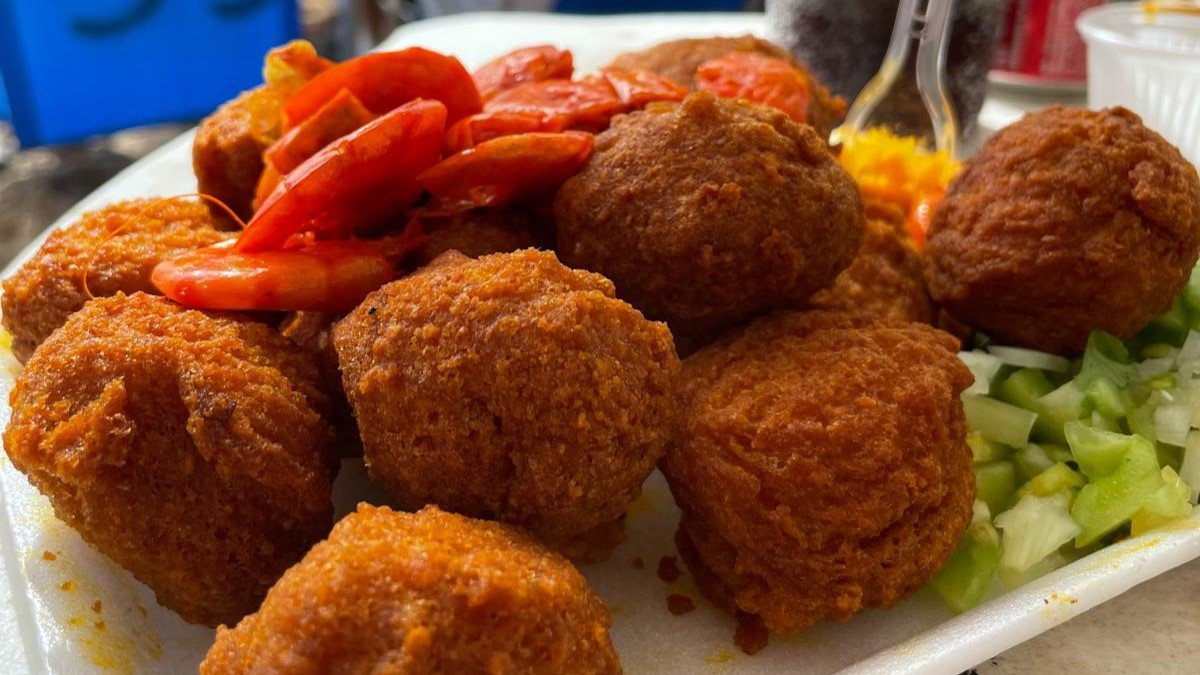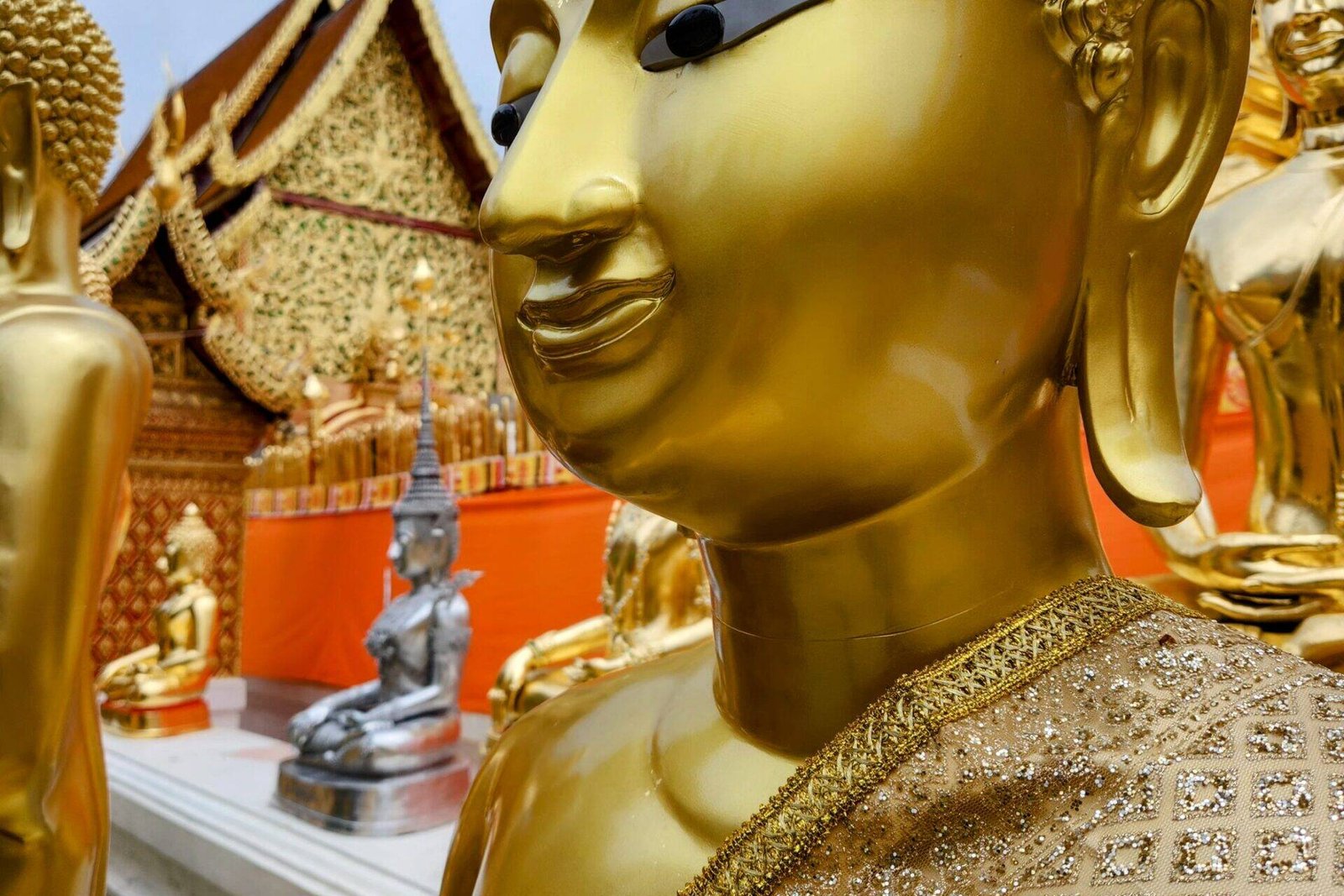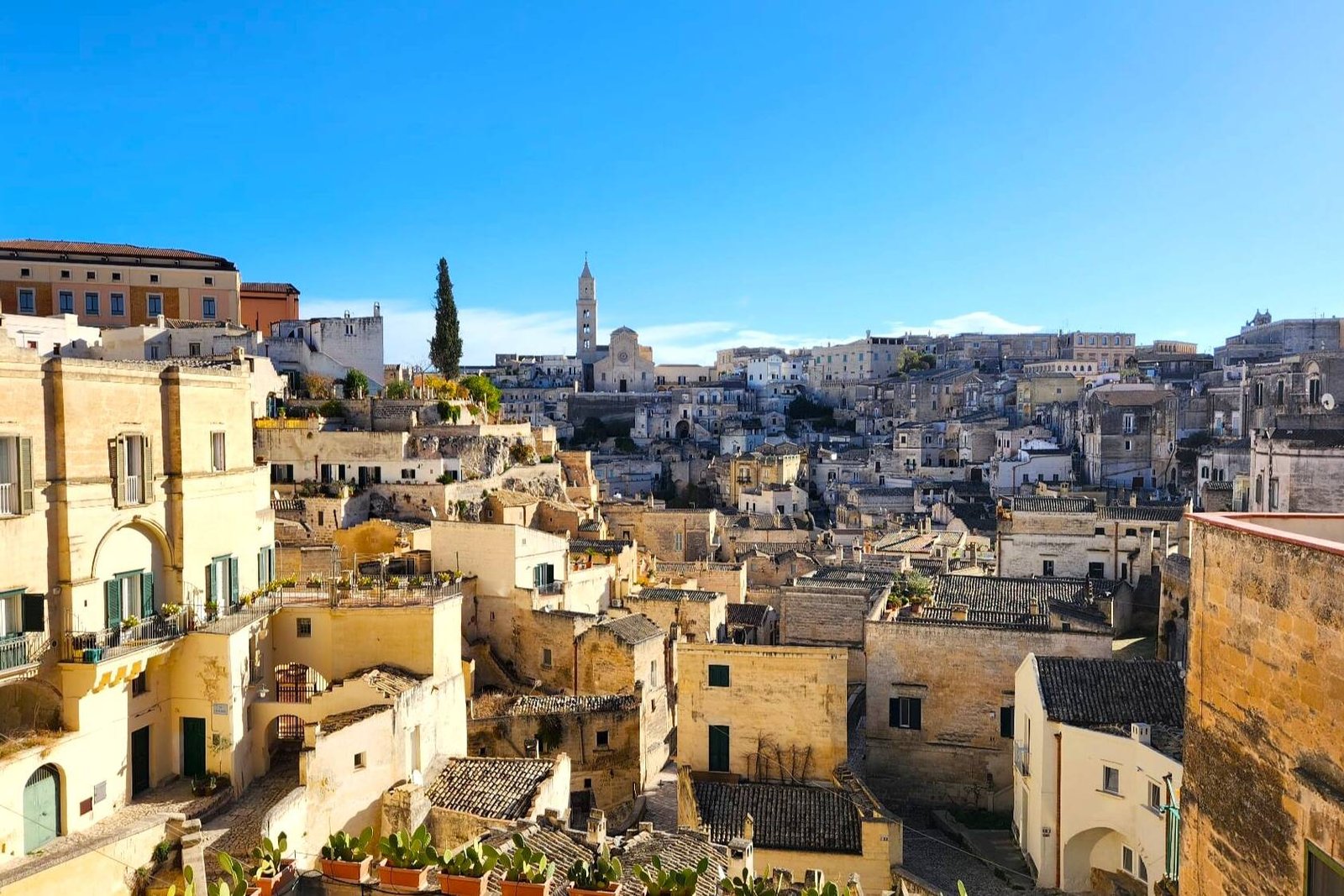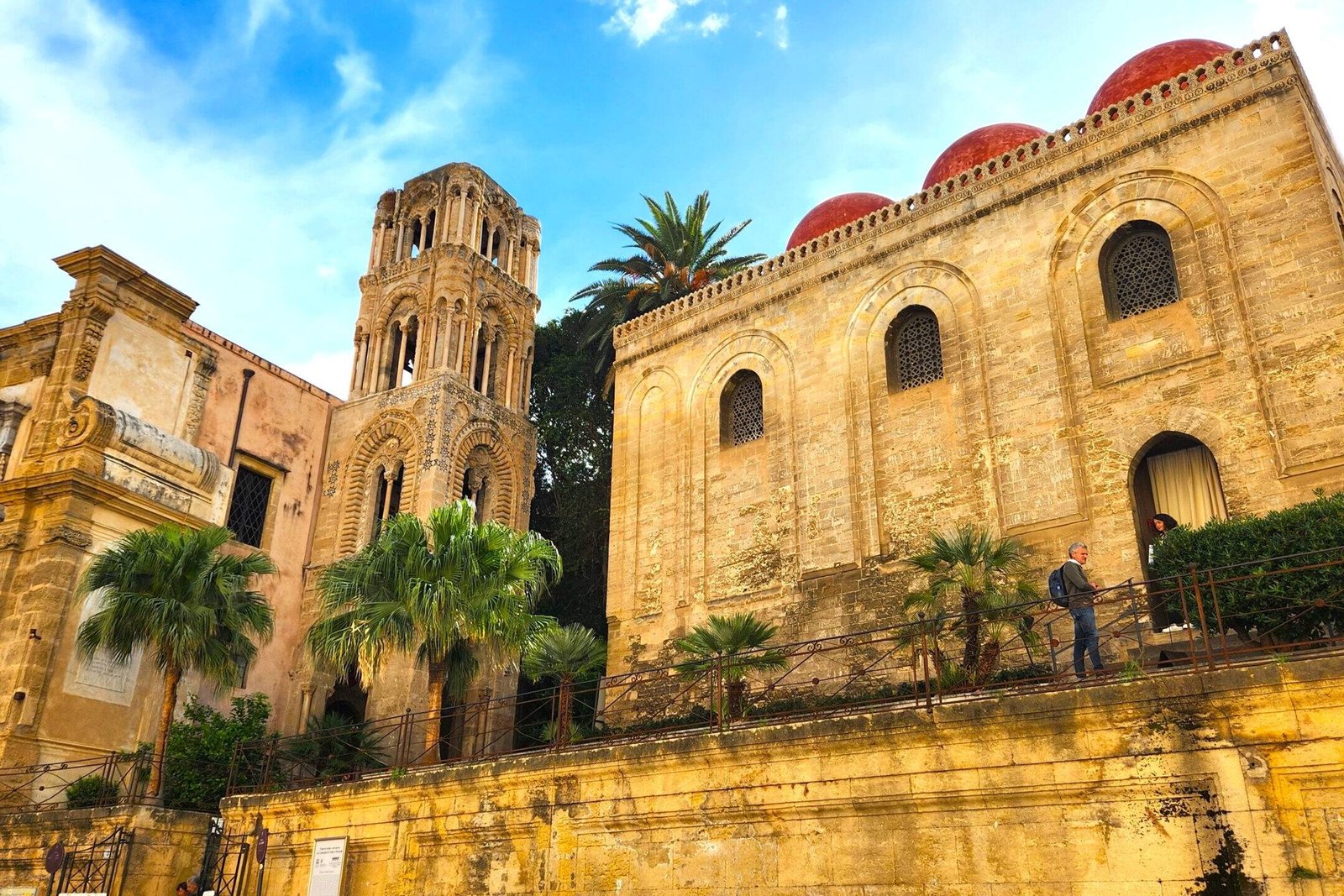Salvador is a vibrant city known for its rich Afro-Brazilian culture, stunning beaches, and colourful colonial architecture. Salvador is also a foodies paradise with delicious local cuisine, which is heavily influenced by its African roots.
Where is Salvador located
Northern Brazil at the entrance to All Saints bay and the capital of the state of Bahia state.
How to get to Salvador
Plane: Salvador Bahia Airport serves local and international flights, currently services by internally by LATAM, Gol and Azul
Bus: Terminal Rodoviário de Salvador is a large bus terminal that has destinations all over Brazil as far away as Rio de Janeiro and Recife. You can book tickets from the ticket hall at the bus station or online with Busbud.
TRAVEL TIP: The Rodoviario bus terminal is located quite far from where you are likely to be staying so it's best to take a taxi to your accommodation.
Getting Around
Bus: Salvador has an extensive local bus service that will get you to most places you would want to go.
Taxi: Taxis and ride shares are the best and easiest option especially if you don’t speak Portuguese.
Metro: Only has a couple of lines that don’t service tourist spots. But it does go out to the airport.
When is the best time to visit Salvador
Dry Season (September–February): The high season, when the city is full of tourists and locals. This is also when Carnival takes place.
Shoulder: Hot weather with less rain and lower prices.
Rainy Season (May–August): Warmer and humid with more rain and less crowds.
Our Verdict: Salvador is hot all year round with temperatures averaging between 22 °C (72 °F) – 30 °C (86 °F). So ultimately it will come down to when you want to visit Brazil and if you want to avoid crowds or embrace them and come for carnival.
Where to stay
Most of the tourist activities in Salvador are all located in the southern part of the city and these neighbourhoods are also the best to base yourself when exploring the city:
Centro Historico: Beautiful old town area with colourful colonial buildings and lively atmosphere. Here you will be in the thick of the action and close to restaurants and attractions.
Barra Neighbourhood: Right by the beach in Salvador and a lovely neighbourhood. Stay here if you want to a quieter area and spend some time at the beach.
Rio Vermelho: Another beach area but this area is a little more lively. Stay here if you want access to Salvador’s beaches and want a little more action with nice bars and restaurants in the area.
Things to do in Salvador
Elevador Lacerda
Elevador Lacerda is an urban elevator that was built in 1873 that connects the lower and upper parts of the city. From the top it offers stunning views of Salvador’s historic district and All Saints Bay and it only costs R$0.15 to ride it!

Pelourinho
Old town or Pelourinho is a historic neighbourhood known for its vibrant culture, colourful colonial buildings, and lively streets filled with music and capoeira. Pelourinho has a rich history that reflects the cultural influences of the indigenous, African, and European populations that have shaped the region.
Farol da Barra
Farol da Barra is a historic lighthouse located in the Barra neighbourhood of Salvador. The lighthouse stands at the entrance of All Saints’ Bay and has been guiding ships since the 17th century. Its strategic location has made it an important part of Salvador’s history, as it played a key role in the defence against invasions during the colonial era.

There is a small museum inside the fort and you climb to the top of the lighthouse for some epic views of Salvador.
Praia Porto da Barra
Also in the Barra neighbourhood Praia Porto da Barra a lively beach located in the heart of Salvador. Pull up a lounge chair, grab a cold drink, buy some food from one of the street vendors and soak in the atmosphere of this vibrant beach. We really enjoyed this beach a real gem in a bustling city.
Mercado Modelo
Mercado Modelo is a historic market that is a great place to buy some handicrafts and souvenirs. The best reason to come here is to try out some local food! head upstairs and you will find some restaurants with amazing views overlooking the bay and try some of Bahia’s famous cuisine.

Where/What To Eat & Drink
Moqueca: Moqueca is a seafood stew made from coconut milk, peppers, tomatoes, ginger, garlic and spices with fish or prawns. It’s slow-cooked in a clay pan and comes out bubbling like colourful caldron of goodness!

Acarajé: Acarajé is made from black-eyed peas that are formed into a ball, deep-fried in palm oil, split in half, then stuffed with a flavourful spicy paste, green tomato and shrimp. You can find this dish sold by street vendors and as a beach snack.

Açaí: Açaí is a dark purple berry that grows on açaí palm trees in the Amazon rainforest it’s used in a variety of foods and drinks, including the popular açaí bowl. Açaí bowls are made from frozen açaí puree served in a bowl, often with granola and banana and you will normally have multiple topping options to choose from. A perfect dish to have for breakfast or to cool off in the Salvador heat!

Our Experience
Salvador is definitely worth visiting and experiencing this unique part of Brazilian food and culture. We enjoyed exploring the colourful Pelourinho area and the Barra area where we spent the afternoon enjoying the beach. There are a couple of things to look out for though, we had loads of beggars harass us and not respecting boundaries. The city isn’t the easiest to get around as the Metro is limited and the buses can be hard to navigate for foreigners. Luckily though most of the attraction are all located close together. We would say 2-3 days is plenty to see the main sights in Salvador and obviously if you want to dig deeper you can stay longer.
Next Stop:
- Morro de São Paulo: Bahia’s Island Paradise
- Paraty: Discover Brazil’s Colonial Past
- Chapada Diamantina National Park
Also check out our YouTube video below 👇









